
OR
On my way home from office, I am stuck in yet another traffic jam in a country stuck in political crises spanning decades. Like me, birds too are heading to their cozy dwellings.
In their part of the world, unlike ours, there’s no traffic congestion, though they are as much at risk as we all are from forces beyond our control—on the road, in the skies, in the water—in a country that is largely beyond the control of its citizens and state apparatuses. Sweeter than any music, their chirps give a heavenly feel to this part of the urban jungle, making it feel like home even in these chaotic times.
I turn off my bike’s engine and listen to them, for a while… There’s traffic jam on the road, but gliding on my thoughts, I am already home.
Home is where the heart is… Home is where security is… Home sweet home… Nothing feels like home...
Narayanhiti has been a home to birds and bats. Other than that, like many other power centers in Nepal, it has been home to intrigues that have claimed the lives of the blue bloods leading their insulated lives there.
In its heydays, it was a citadel of sorts, inaccessible to the general public. People rarely knew what was going on inside. From outside, it looked like the safest place in the country, thanks to high railings and high security (or a false sense of security). For those unfamiliar with palaces as high seats of intrigues and massacres of noblemen, how would it look otherwise? For people, who did not know about the Kot massacre and the Bhandarkhal massacre, among others, how would a palace appear otherwise?
The fact that the most closely guarded people living inside the palace were not safe and secure became evident once again when the heirs of Dhir Shumsher murdered their own uncle Ranodwip Singh at this very compound during the Rana rule and usurped state powers.
After several struggles against autocracy came the night of June 1, 2001, in a country finding it hard to deal with a violent insurgency. On that night, Narayanhiti Royal Palace turned into a graveyard for King Birendra and his family members.
Years later, with the monarchy gone, the palace would turn into a museum amid high winds of yet another revolution blowing in this ever-shaking country.
But the more things change, the more they remain the same. In the history of this country, yet another palace has turned into a museum, but that’s not the end of the story.
It’s the beginning of yet another story. It’s the beginning of a new series of intrigues.
All around this palace-turned-museum, many new palaces have risen and taken the center-stage of Nepali politics.
New palaces at Kantipath, Lainchaur, Lazimpat, Baluwatar and Maharajgunj, among other famous addresses, are far more powerful than Narayanhiti. They cover large swathes in a relatively small and weak country located between an emerging superpower and a hyperpower.
These palaces can do almost anything and everything in a country reeling under the cumulative effects of a massive quake and protracted political instability resulting from years of misrule. These establishments can topple a government inimical to their vested interests and install a friendlier regime. Contradicting the principle of separation of powers, a feature of democracy, they can make the head of the judiciary the chair of a government tasked with conducting Constituent Assembly elections.
They can make influential political leaders speak on their behalf and pursue their controversial and often divisive agendas. They can even influence the Parliament, which is said to be capable of anything except turning a man into a woman and vice-versa.
Call it the irony of history—after a long and hard struggle spanning decades, we managed to abolish monarchy, only to find foreign viceroys taking over as the makers of our destiny.
These days, the will of these palaces counts more than popular aspirations. These days, political leaders of this country are regarded as mere agents of foreign interests these palaces represent.
This situation is not an overnight development. It evolved years after a family started abusing democracy established and reestablished due to huge sacrifices from the people.
It developed several years after ‘new royals’ established their family rule and started running this country in the holy name of democracy, mainly at the behest of their foreign overlords.
When matters got out of their hands, the overlords got angry and got more involved in the affairs of this country.
These days, be it the private bedchamber of this country’s political leaders or some remote village, nothing is beyond the reach of those at the helm in these palaces. Such privileges are beyond the imagination of Nepal’s representatives in foreign countries.
This rise of new bluebloods is a mockery of democracy. This is not something generations of Nepalis aspired for, fought for, laid their lives for. Our hard-earned democracy has gone into the hands of these viceroys of modern era, thanks to years of political brinkmanship on the part of our leaders.
Liberating democracy from the vice-like grip of these power centers will not be easy. But we cannot afford to stay quiet and let things get worse, if we are serious about defending this country and its ever-fledgling democracy.
So, it’s time for our political leaders to come together and limit the powers of these overlords, if the leaders are really serious about safeguarding democracy and ensuring that another autocracy does not raise its ugly head in this country.
You May Like This
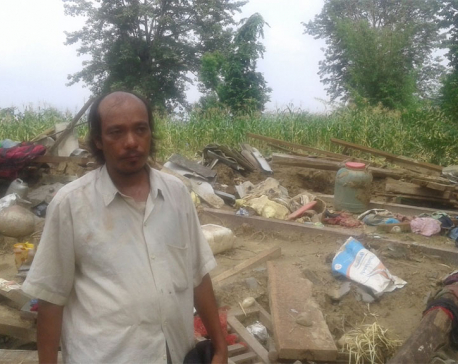
Vivid images of my late daughters come flooding into my mind: Kamilal
BANKE, August 19: The neighbors are busy reconstructing his house. They are retrieving the buried household goods. But 36-year-old Kamilal... Read More...
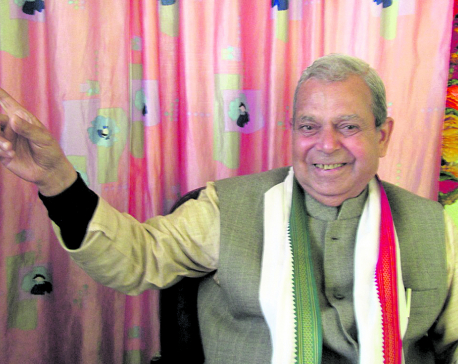
My constituency will be my first priority: Thakur
After winning a seat in the House of Representatives from constituency 3 of Mahottari, coordinator of Rastriya Janata Party Nepal... Read More...

‘I would not give up my individual goals to fulfill my parents’ dreams’
The role of parents becomes significant when it comes to career building. Republica talked to students who have been striving... Read More...


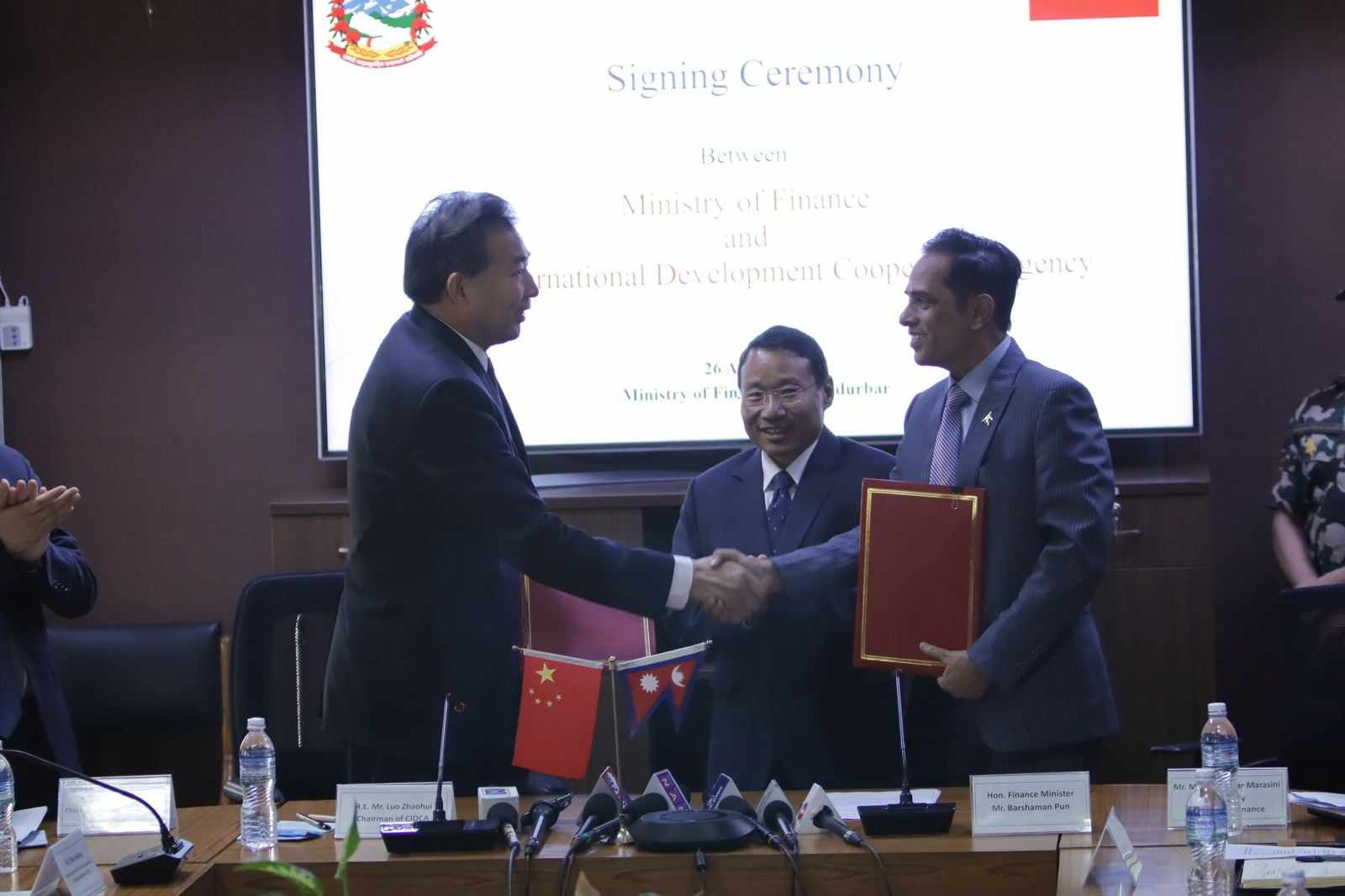
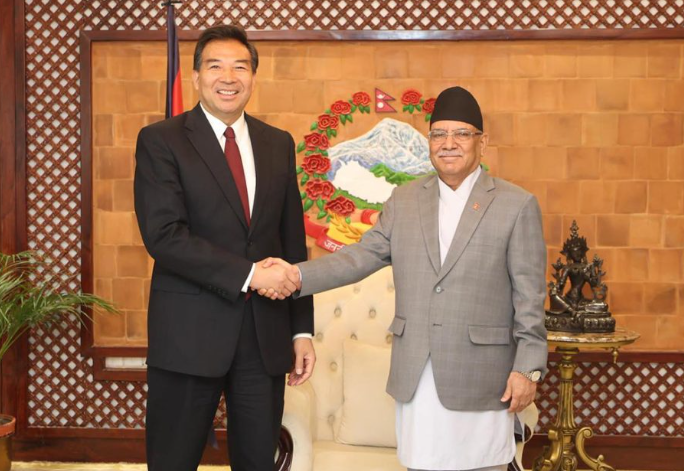

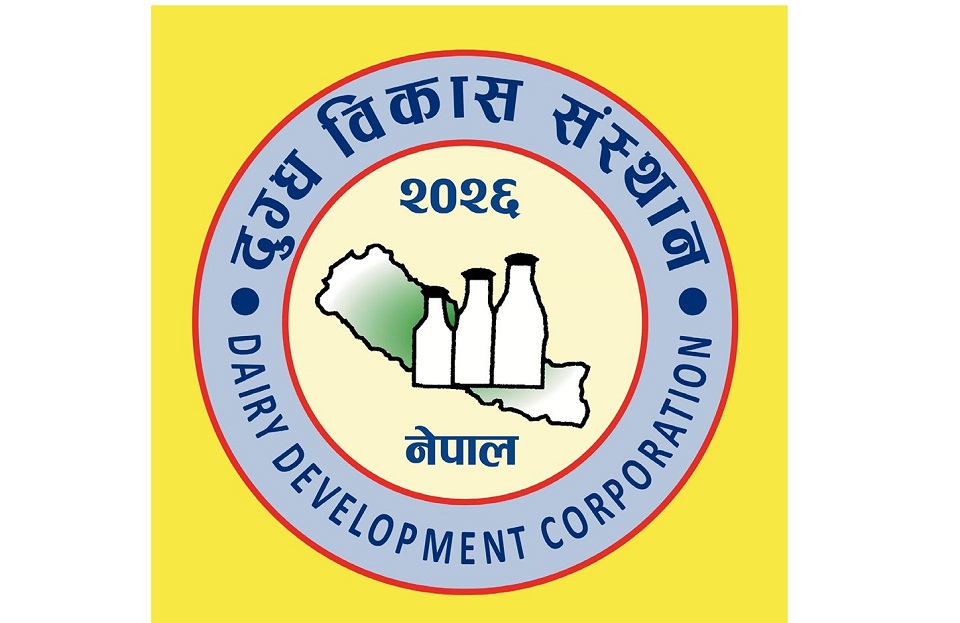

Just In
- ADB Vice-President Yang pays courtesy call on PM Dahal
- PM Dahal, Chairman of CIDCA Zhaohui hold meeting
- MoFAGA transfers 8 under secretaries and 11 section officers (with list)
- PM Dahal arrives in Morang
- DDC pays Rs 480 million dues to farmers
- Police arrest seven Indian nationals with 1.5 kg gold and Rs 14.3 million cash
- Gold price increases by Rs 1,400 today
- Kathmandu continues to top the chart of world’s most polluted city








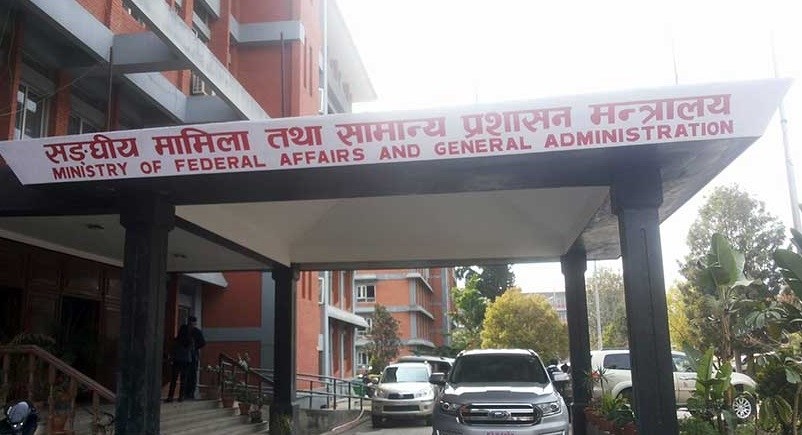


Leave A Comment